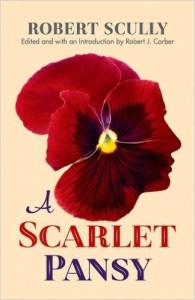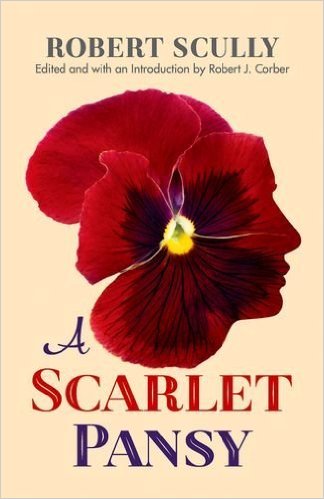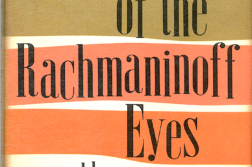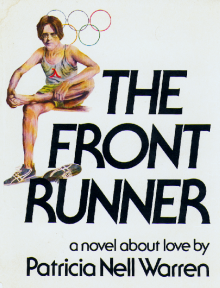FORDHAM UNIVERSITY PRESS deserves our gratitude for making available the original 1932 version of A Scarlet Pansy, a minor classic of Modernism attributed to “Robert Scully.” Editor Robert J. Corber stresses in his introduction the novel’s importance for both transgender and gay literature. Reviewed in these pages in 2010 (September–October issue), the story is a campy Bildungsroman following the life of one Fay Estrange from his youth in small-town Pennsylvania through a series of manual jobs, before being rescued in Horatio Alger fashion by rich men. He goes to medical school, travels a bit, and eventually lands on a French battlefield in World War I. There he dies in battle in the arms of a soldier with whom he has fallen in love.






